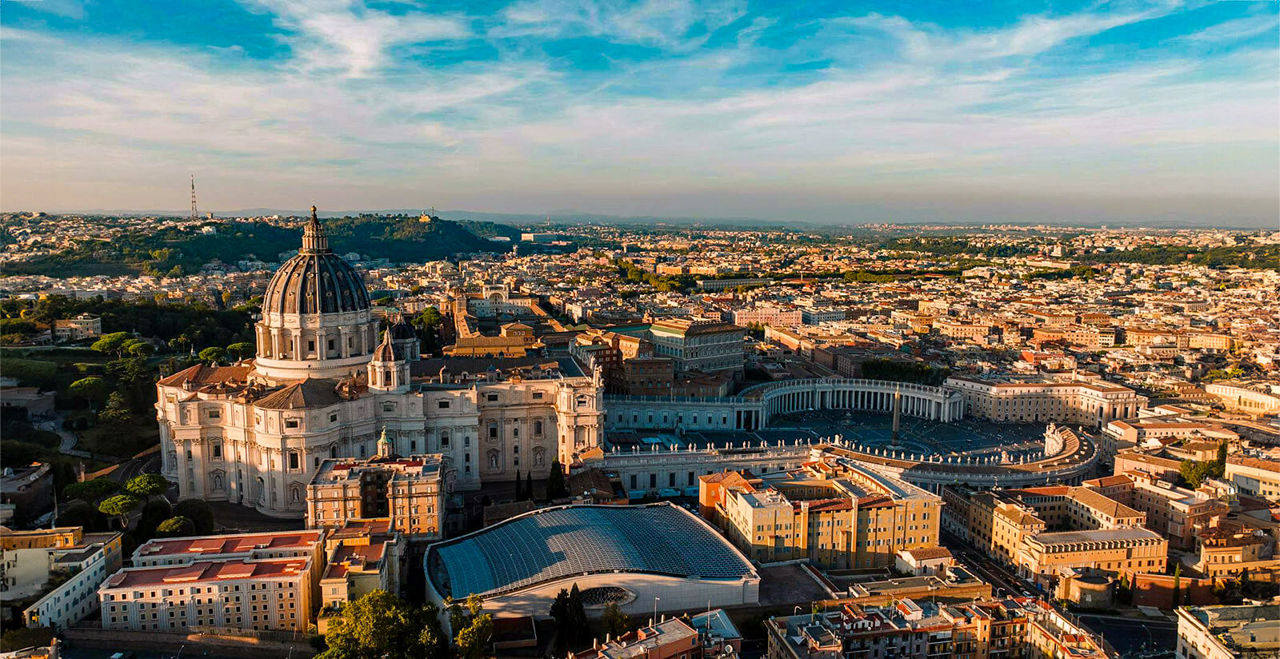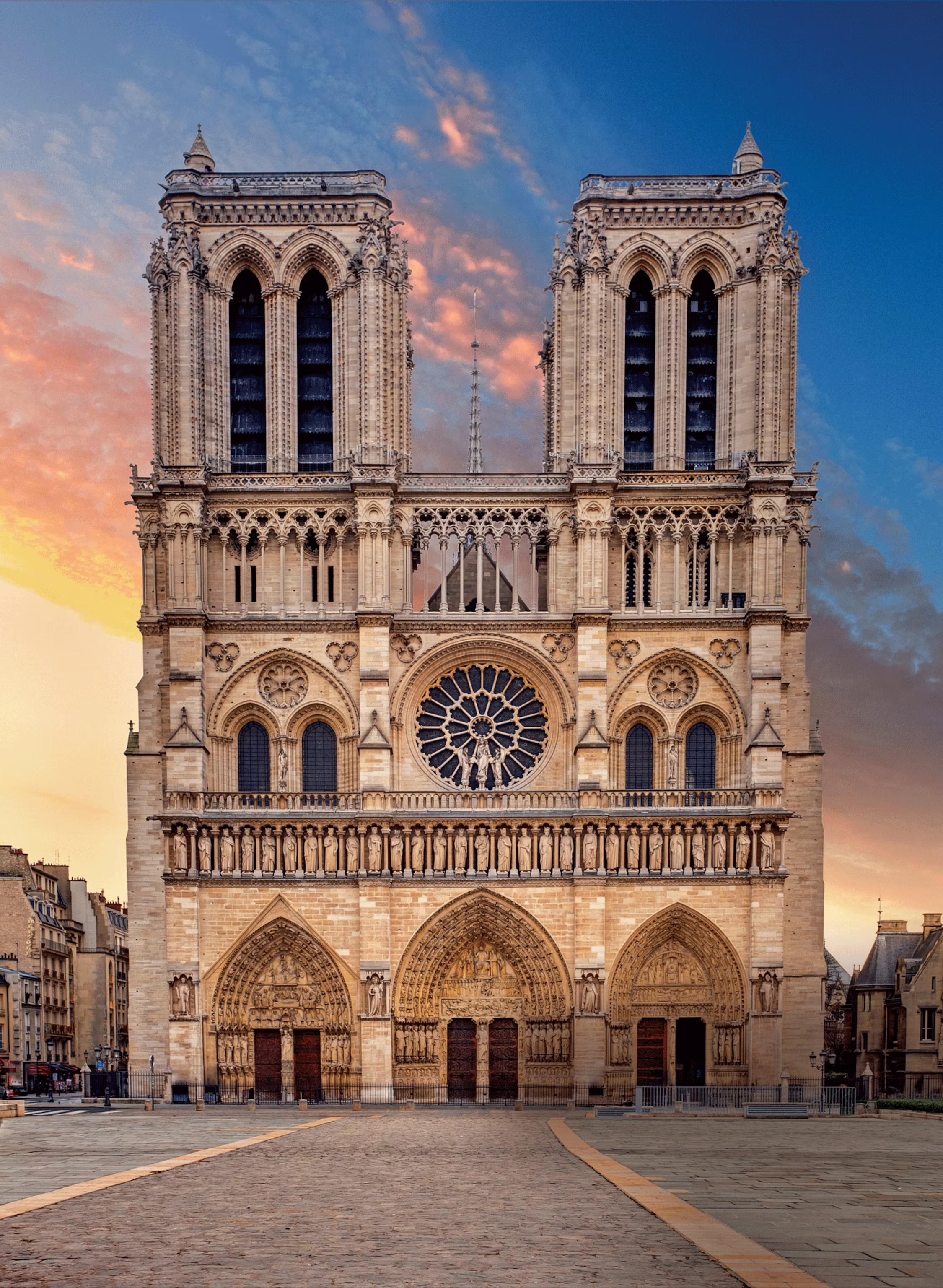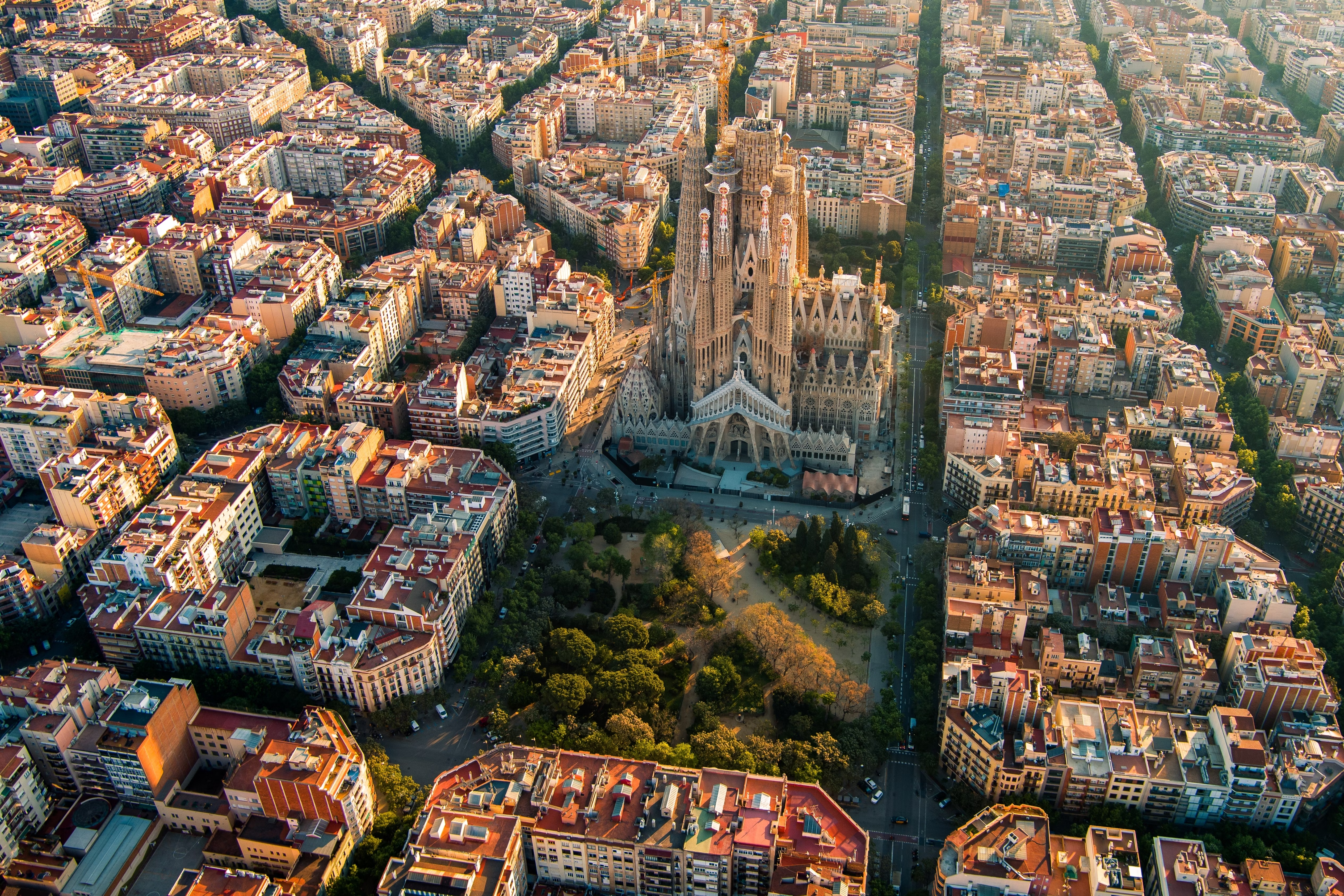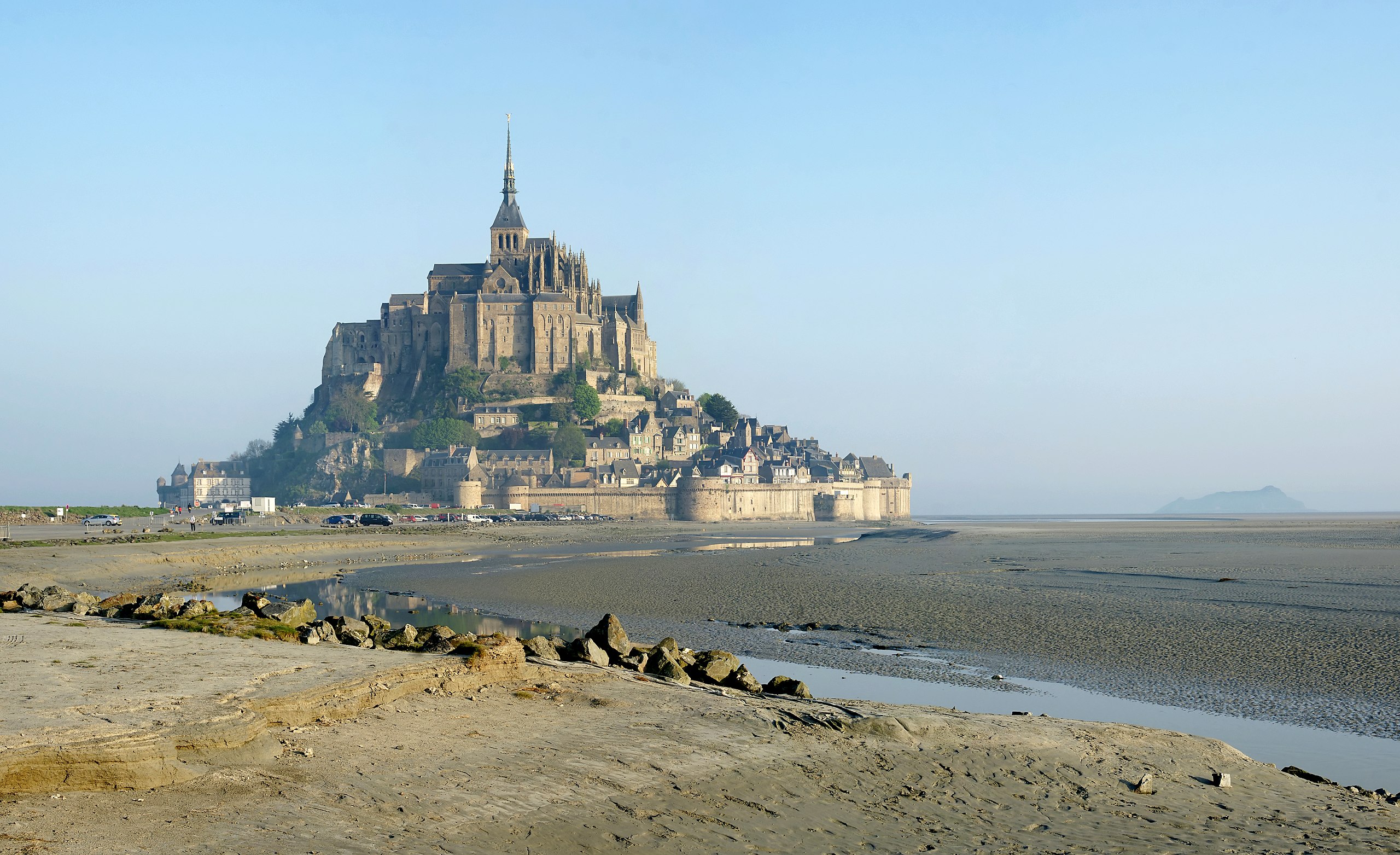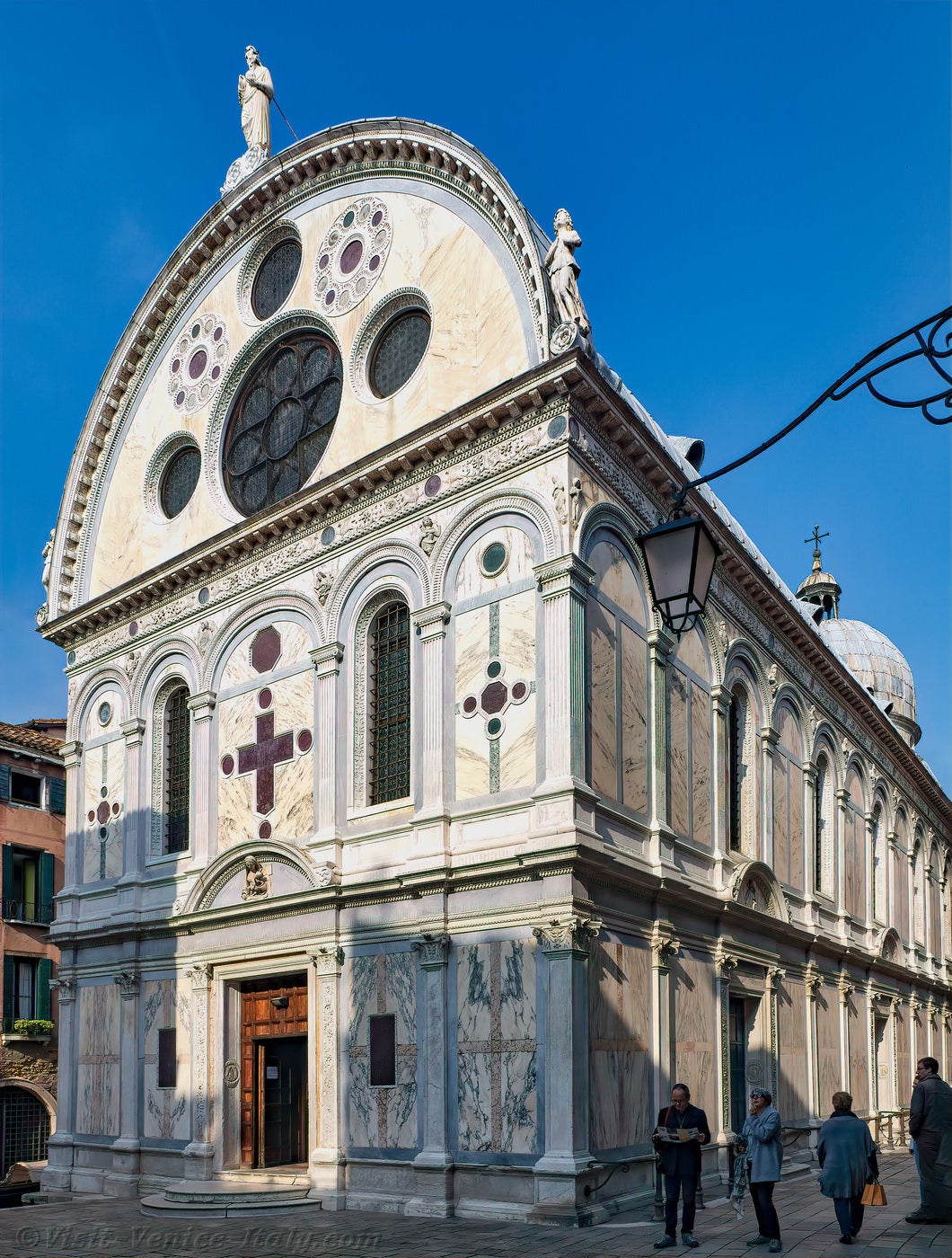
Santa Maria dei Miracoli
Often called 'the marble gem of Venice,' this small church is entirely clad in polychrome marble with delicate sculptural details. Built to house a miraculous icon of the Virgin Mary, it features an unusual raised presbytery and barrel-vaulted ceiling adorned with 50 paintings of prophets and saints.
Historical Context
Santa Maria dei Miracoli was constructed during the renaissance period, specifically between 1481-1489. This era was characterized by significant developments in architectural techniques and religious expression.
The construction was commissioned by local religious authorities and took place during a time of cultural rebirth and renewed interest in classical forms. The building has survived through centuries of history, witnessing the Renaissance, political unification of Italy, and World Wars.
Over the centuries, Santa Maria dei Miracoli has undergone several renovations and restorations, each adding to its historical significance while preserving its original character and purpose.
